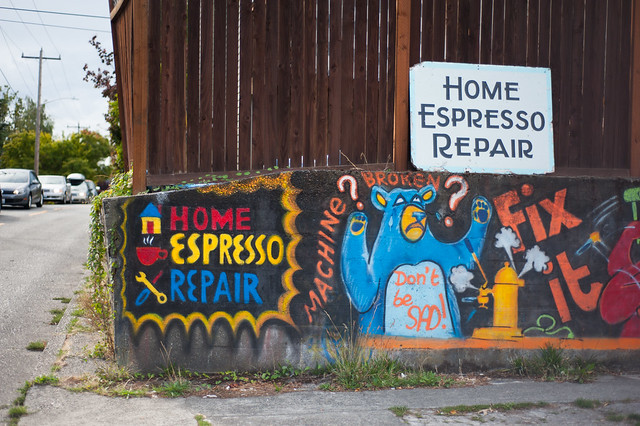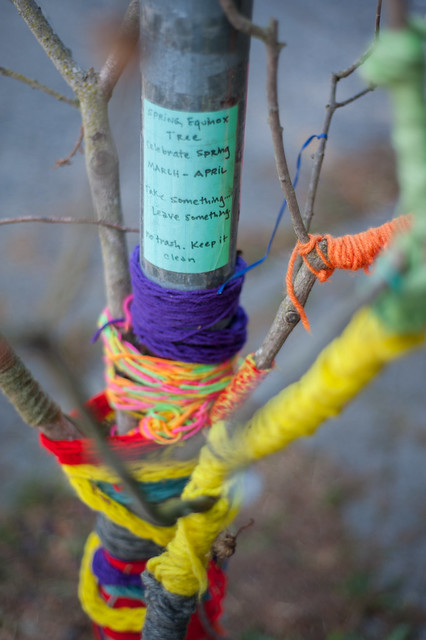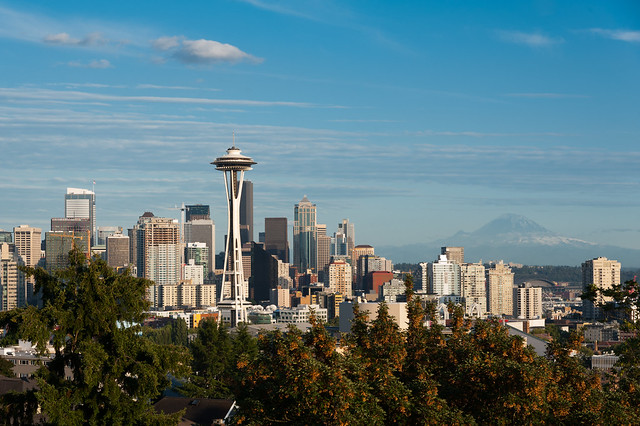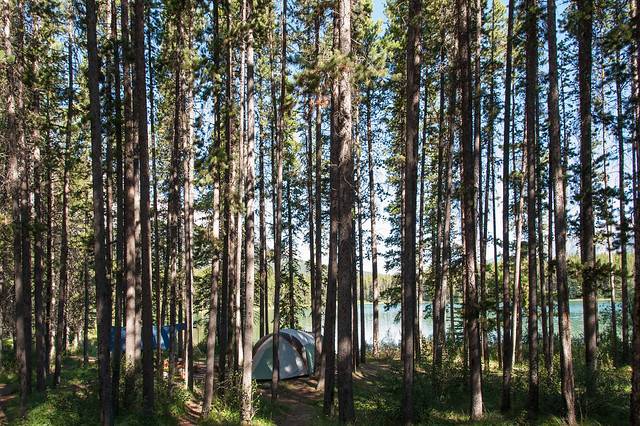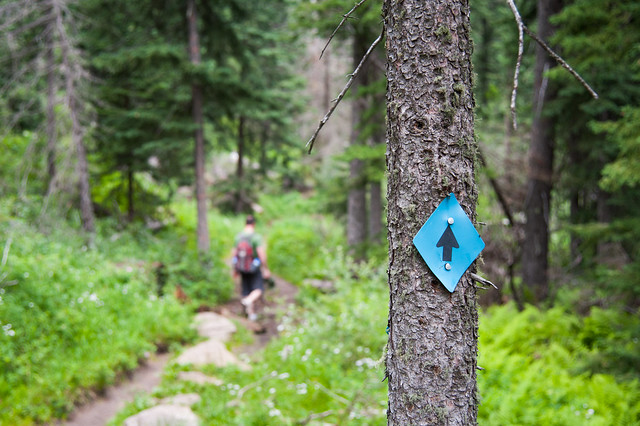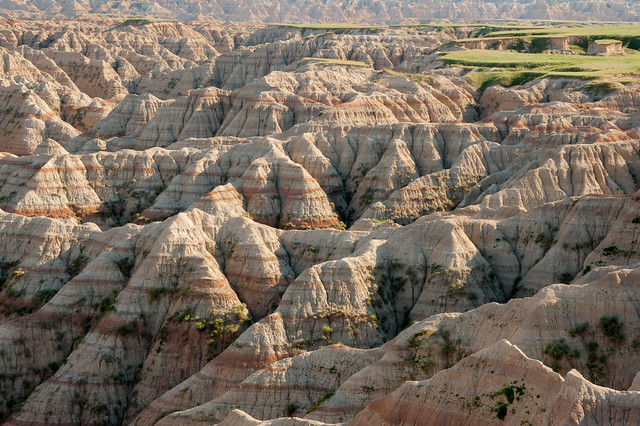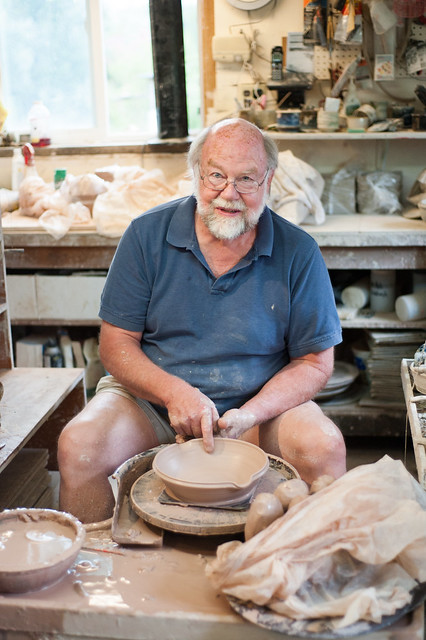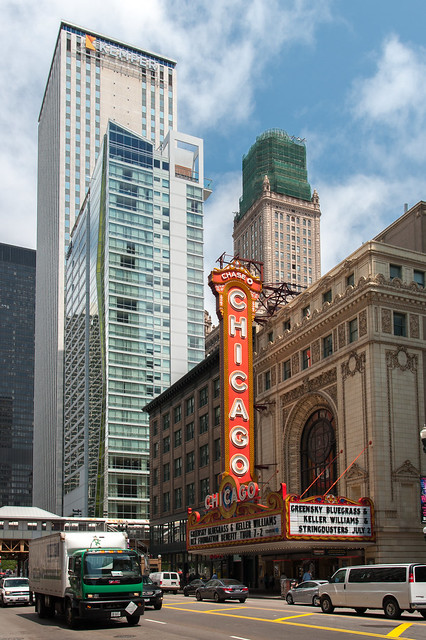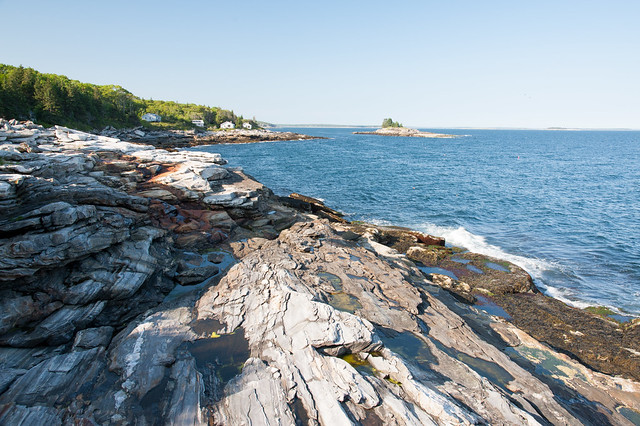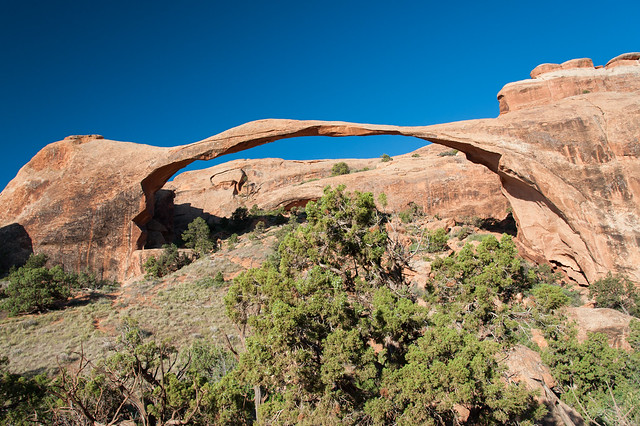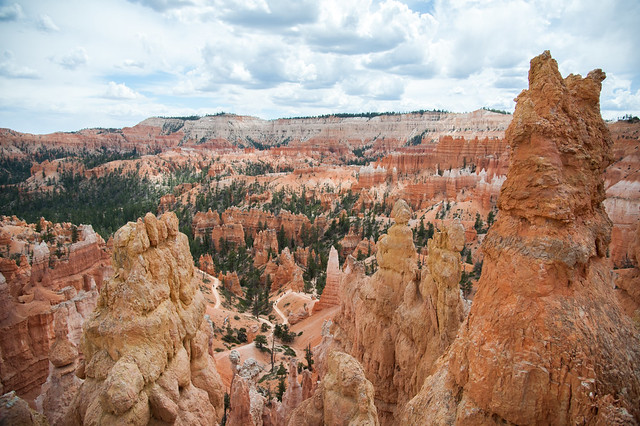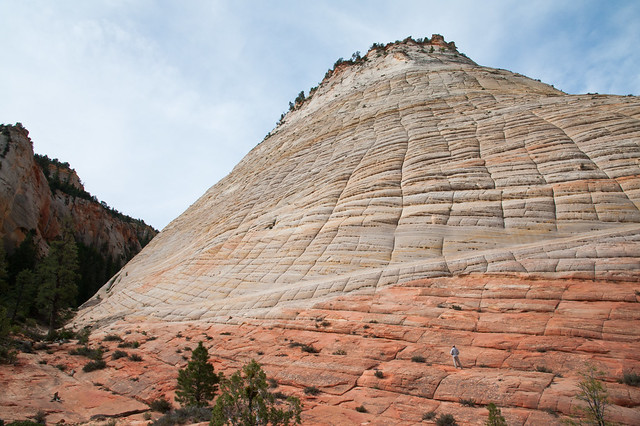From the Grand Canyon, we headed for Page, AZ. This town is situated among many popular
attractions, like the famous horseshoe bend of the Colorado River
and Antelope Canyon. You could spend a
number of days here seeing all of the sites and exploring the beautiful and at
times other-worldly scenery here. Even
the rock formations along the highway into town are startlingly beautiful – we
saw undulating hills and cliffs made of vivid oranges, pinks, purples, yellows,
and even blue-greens.
Since our time was limited, we decided to check out Antelope
Canyon while we were in town.
This canyon
is on Navajo land, so all visitors are required to have a guide. We usually
prefer to self-navigate through parks, but having a guide to tell us about the
Navajo culture, history, and special features of the canyon was really
useful and made our visit more memorable.
Antelope Canyon is divided into two halves: upper and
lower.
Separate tour companies have guides
for each, so we decided to see the slightly less-popular lower Antelope
Canyon.
To get into this canyon, you
have to climb down a series of very steep ladders.
Once you do, though, you are about 30 feet
down in a slot canyon made of Navajo sandstone,
some of the softest stone in the world.
Over time, water carved away the canyon walls in remarkable swirling
shapes.
Our guide, Van, said that the
canyon still has very dangerous flash floods about every 3 years.
These floods are so violent that they can
tear away whole chunks of wall and smash boulders into the sides of the canyon
walls (we saw examples of both from previous flooding).
It took about an hour to walk through the entire canyon,
stopping every few feet for photos and for information from Van.
He pointed out many rock formations that the
Navajo have named for their resemblance to animals and people, and he also told
us a little about how the Navajo had traditionally used the canyon for shelter,
water, and protection from enemies.
As the sun lights the canyon walls from above, the sandstone reveals a breathtaking rainbow of colors and undulating forms. Photographers have flocked here for decades because of the almost surreal colors created by the light here. I was surprised at how vivid the colors are in person, having assumed that most of the professional photos I've seen had been drastically altered in photoshop. While I'm sure some of them have been, the canyon light does do seemingly magical things to the color of the stone.




